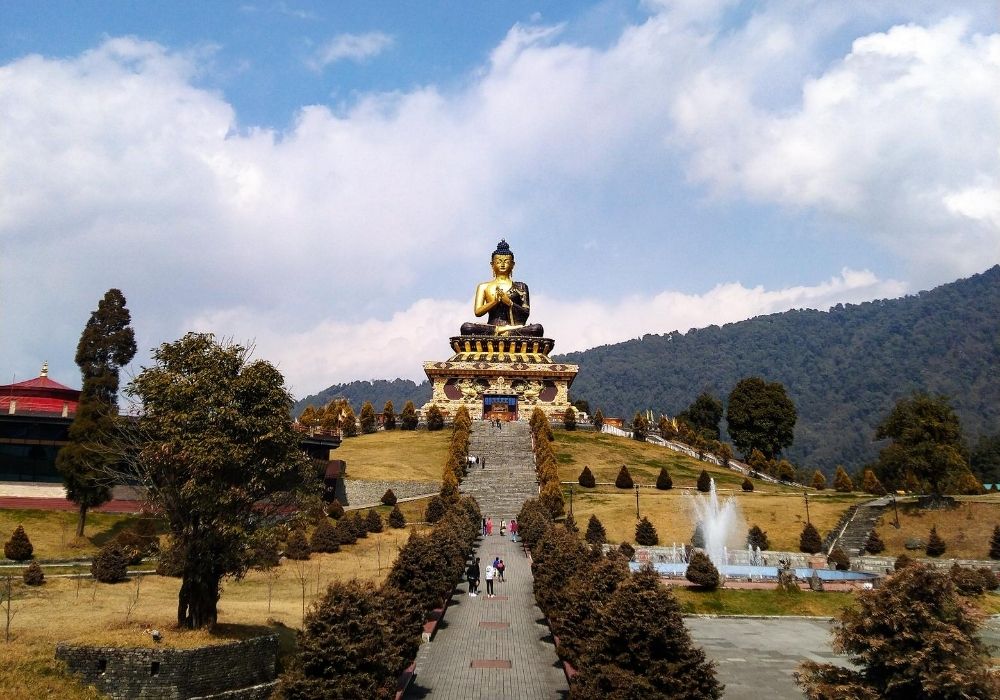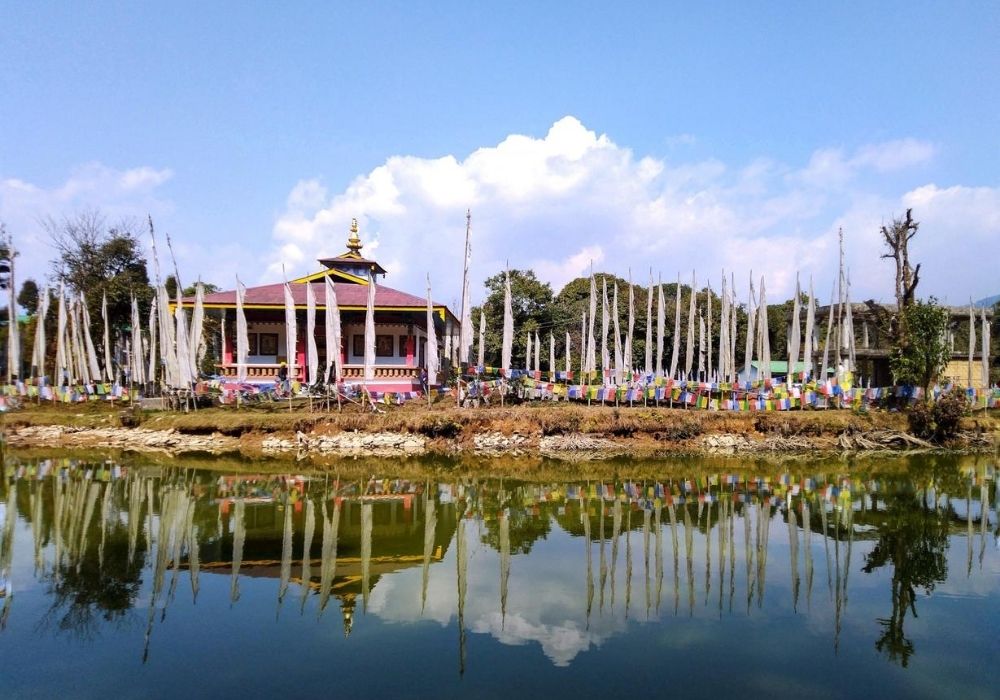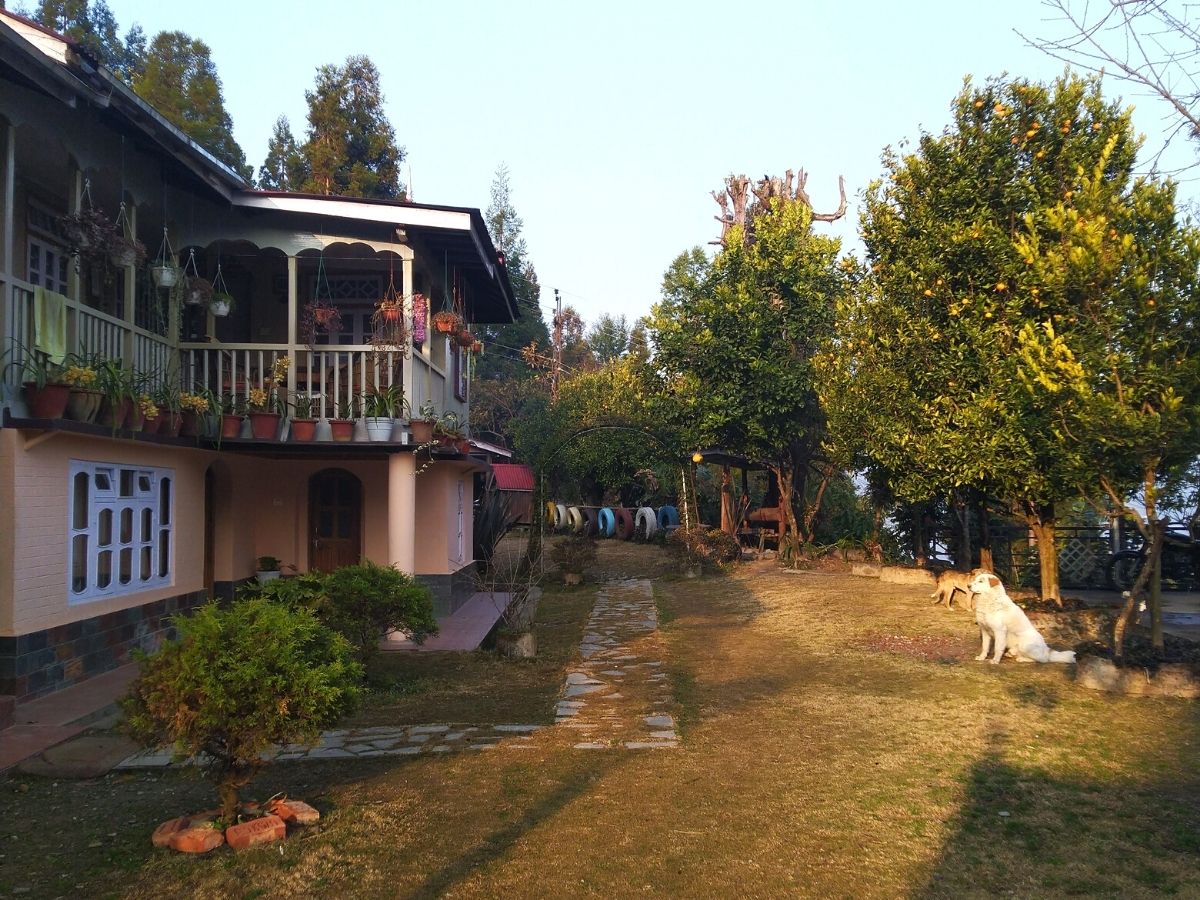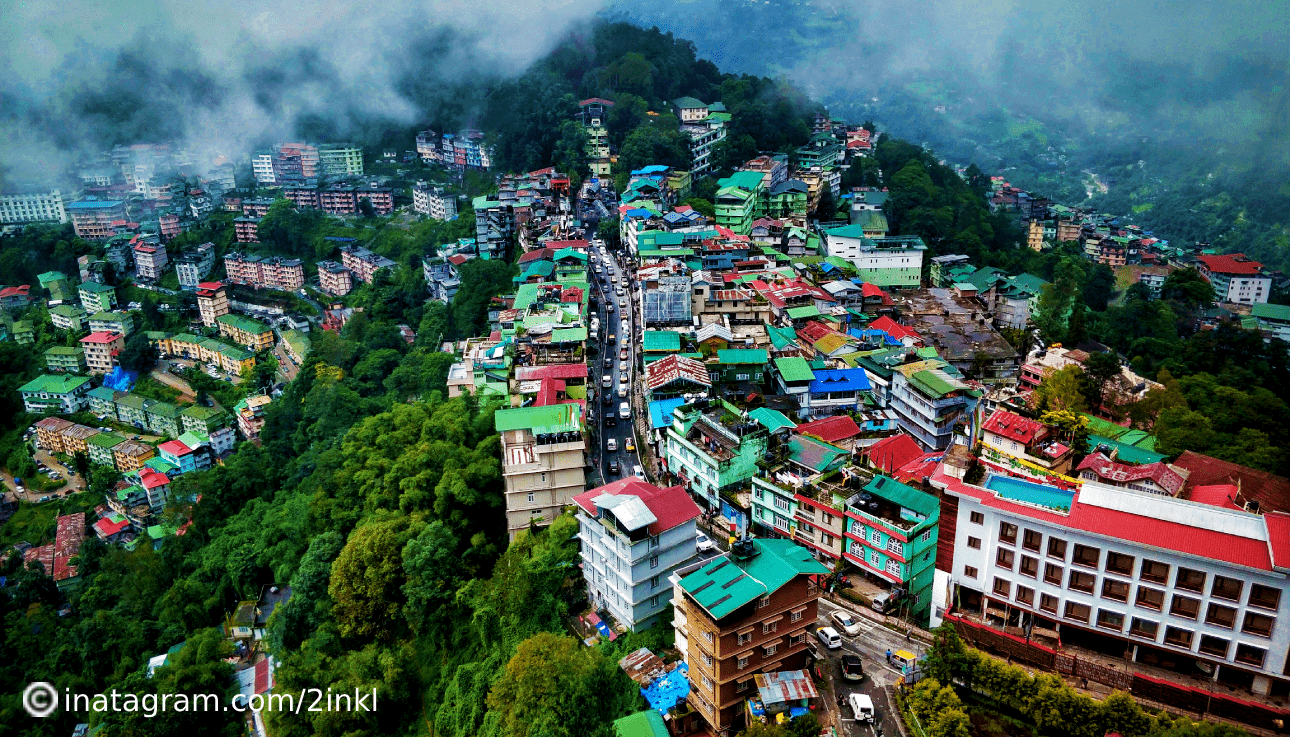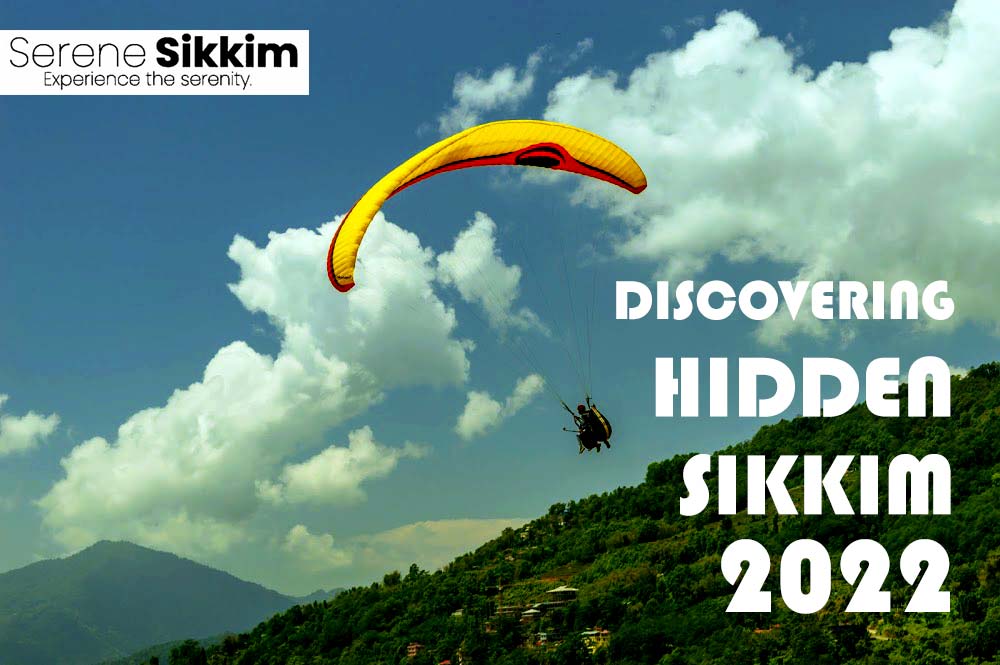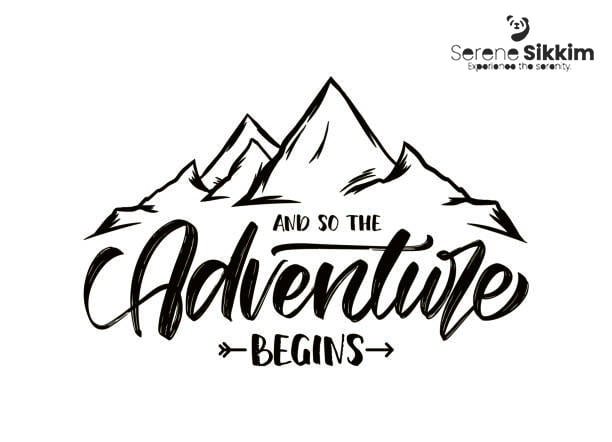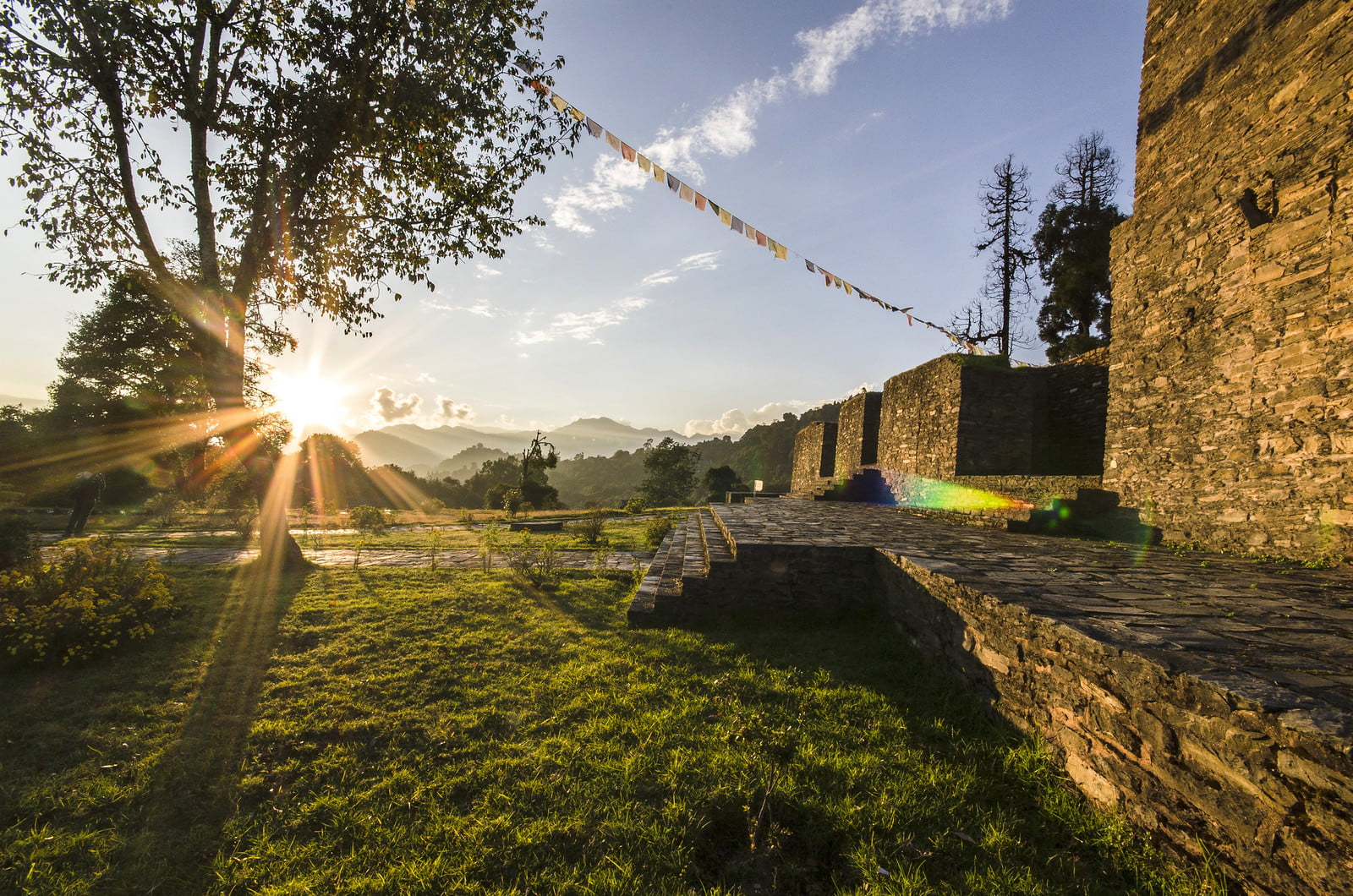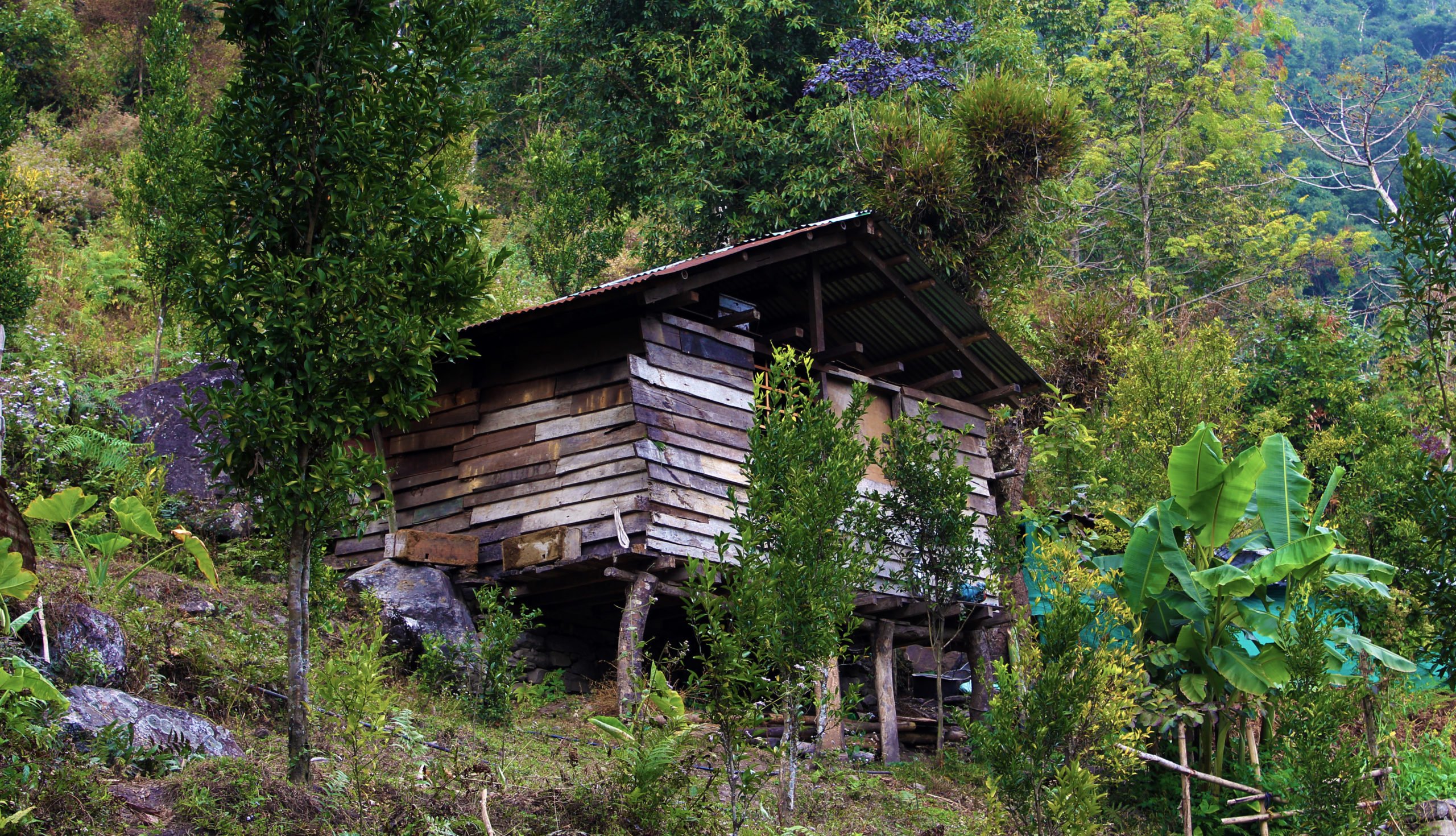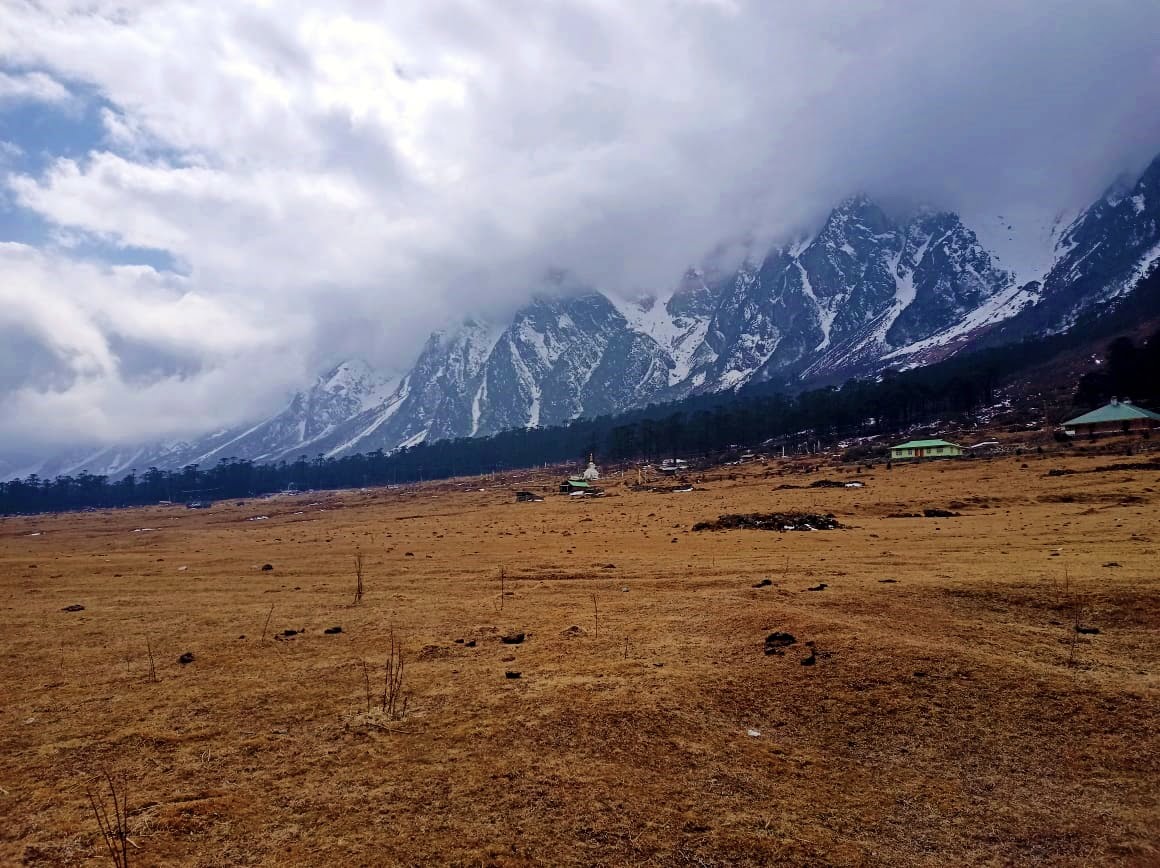Kewzing – A Quaint Village And Community Tourism
Travelling can bring about a deep influence in an individual; sometimes so intense that it induces a change in perception and understanding. I too am no exception. A fine weekend spent in a village in South Sikkim not very long ago before the world came to a standstill, did the same to me. Unexpected encounters with monks at the local monastery, welcoming faces of my hosts, kindness of strangers and unending good vibes intertwined together to make me feel that I found a new home.
Travelling for me, never aligned with checklists or measuring time. It was more of letting go of what’s ‘sought after’ and embrace the road not taken, collecting bits and fragments of unique experiences and weave them together into a story. To treasure them later as embellishments of life. Having received an extended weekend in mid February 2020, I had left for Sikkim from my hometown, Siliguri, with a hope to weave another tiny episode of my story. After spending an evening in Gangtok, I started my journey towards a beautiful village, Kewzing in South Sikkim, located about 10 kms away from Ravangla, down the Legship-Ravangla Road.
Upon reaching, I could blindly say that this journey was the most exceptional one I had ever been on. Engaging in random conversations with fellow passengers in a shared vehicle, spontaneous hitchhiking to discover the picturesque landscapes of Temi Tea Garden and covering a stretch of muddy roads on foot, I had experienced it all.
Kewzing, which literally means ‘the land of wheat fields’ is a quaint village, not much talked about and inhabited by less than 90 families belonging to the Bhutia community. Kewzing is surrounded by monasteries on all possible sides – Bon monastery towards the north, Tashiding monastery in the south-west. Mangbru and Pemayangtse monasteries on the west, Doling monastery in the east and Ralong and Ravangla monastery in southeast. Out of which Kewzing Monastery was the newest, being built in 1974. Being a perfect destination for community tourism, a visit to Kewzing was an out of the box experience that I brought back with me.
Traveling to Kewzing would not have been the same without choosing to put up at Samaghang Cottage, a gorgeous home stay run by Urgen and his family. His mother was the kindest person I met on this trip. I could not head out anywhere on the day of my arrival due to heavy rains and spent the evening chatting with the family. The rains made me feel disheartened but I was assured by Urgen that the next day would be warm and clear, making the snow capped peaks visible as his experience made him believe so.
My trip also coincided with the Losar festival, held at the end of the harvest season which was commonly celebrated by the Tibetan Buddhists. I happened to be the only guest at their place during my stay which brought me all the attention of the family.
We spent the evening talking about festivals, food and their life in the village before ending the day with a delicious portion of thukpa prepared by Urgen’s mother. The next day, I was ready to go out for a morning walk and as said by Urgen on the previous night, the sky was indeed clear making the snow-clad peaks of Mt. Kabru and Mt. Narshing visible right from my balcony. After walking for a while, I found my thoughts floating over unrelated episodes of life, while I continued to breathe the fresh air of the village. My thoughts were intervened by a voice. A young monk cheerfully tried to strike a conversation with me from across the stoney pathway. He offered to give me a tour of Kewzing Monastery and we both started walking towards the same, as vistas of mountains continued to accompany us on our way.
I took a tour of the monastery and learnt about the founder of their sect of Buddhism and the practice of three bows to Buddha, Dharma and Sangha from the monk who accompanied me. I spent an hour or so in the monastery. Two more young monks, who were not more than 10 years of age, bid me a goodbye with a smiling face. I headed back to my homestay to have my breakfast.
I reached back and savoured on a delicious breakfast that was waiting for me. The homestay, spread over a large area was situated at the extreme corner of the village. I decided to spend the morning in the beautiful outdoor area of the homestay and soak in the freshness of the air. I turned out lucky as Yumi, the host’s daughter and the youngest member of the family joined me in the seating area. In no time, we became friends and I accompanied her to pluck oranges from their orchard and played with their dogs the entire morning. Time flew more swiftly than I had expected. After a sumptuous lunch comprising of a typical Nepali thali, I headed to explore the village on foot. I spotted chestnut trees, cardamom plantations and a number of birds, the names of which I did not know. The village was quiet, yet alive. We gathered like we did on the previous day and it ended with a dinner, tongba and conversations.
I had planned to leave the next morning. After breakfast, Urgen’s mother handed me some oranges from their garden. Then the family bid me a goodbye with a beautiful traditional scarf offered to an individual as an honour. With a heavy heart, I left Kewzing, hoping to cross my path with the beautiful souls again, someday.
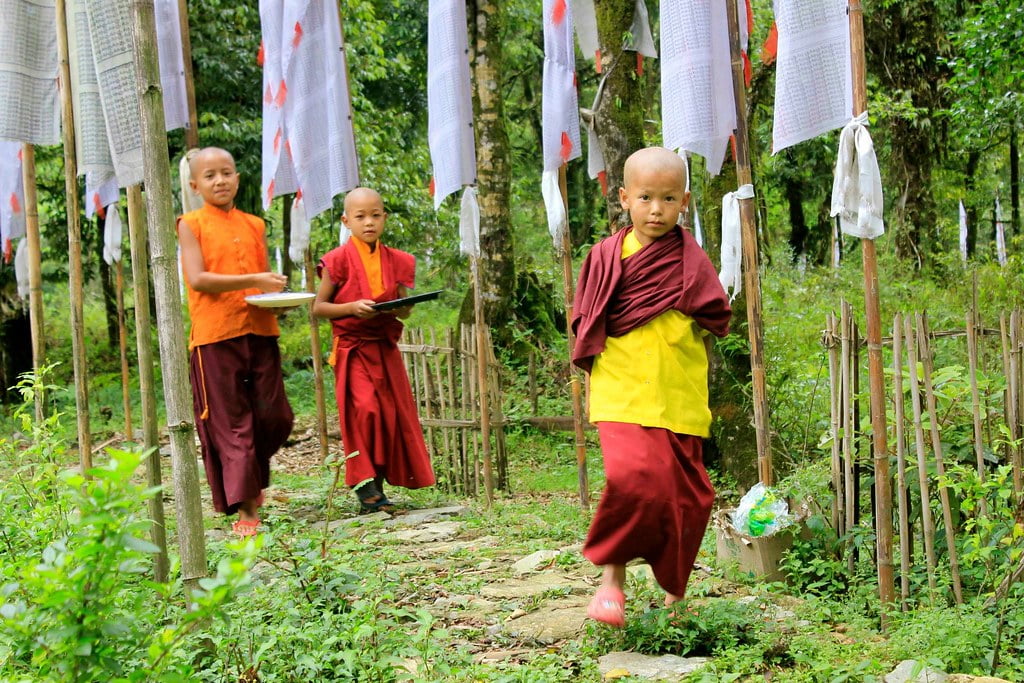
Kewzing – A Quaint Village And Community Tourism – Serene Sikkim 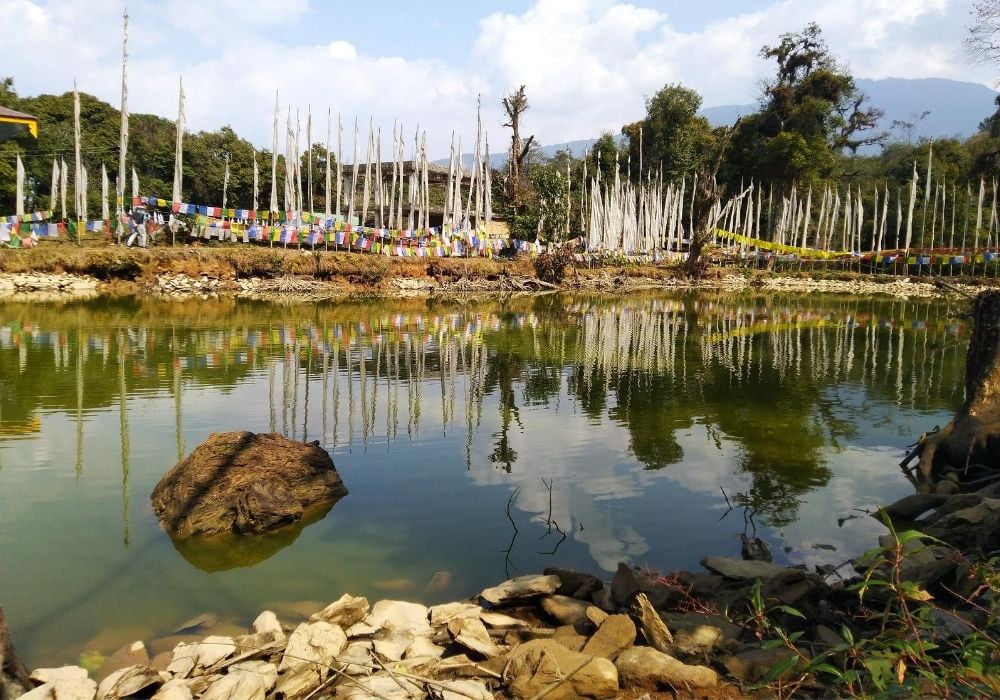
Kewzing – A Quaint Village And Community Tourism – Serene Sikkim 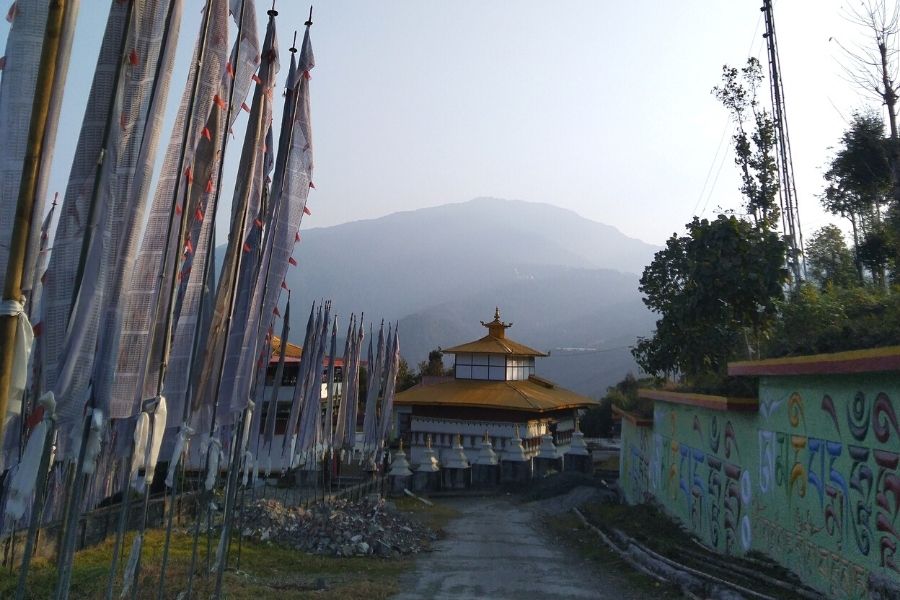
Kewzing – A Quaint Village And Community Tourism – Serene Sikkim
My next stop, before returning back to Gangtok, was Doling Monastery. A place I had been eagerly looking forward to visiting on this trip. Situated on a hill top in Barfung Village, this monastery is overshadowed by its more popular counterparts. Doling Monastery and Seven Mirror Lake has an interesting legend attached to its existence which dates back to 1718 AD. I walked to the other side of the lake which opens up to a view of the monastery. While the prayer flags forming a reflection on the waters. The reflection of the colorful prayer flags were so pure that one could gaze at it for hours loosing track of time. The gentle breeze, sounds of the chants and swirling prayer flags complemented each other and offered a magical experience.
Having spent some time there, I headed next to Buddha Park in Ravangla. Being one of the most popular tourist destinations in South Sikkim, it was somewhat crowded as I had anticipated. The 130 ft high statue of Gautam Buddha was set against the backdrop of Himalayan ranges. It was a marvelous sight to look at. I took a stroll inside the Park and checked the souvenir shops. From Ravangla, I started my journey again towards Gangtok. An indescribable spirit of content accompanied me as I hoped to come back to the village someday. Taking a break from the monotony of the city life. And as already stated, I indeed brought back an out of the box experience from this quaint village in Sikkim. Adding a beautiful chapter in my travel stories.
